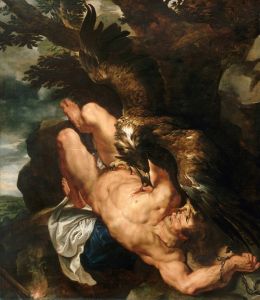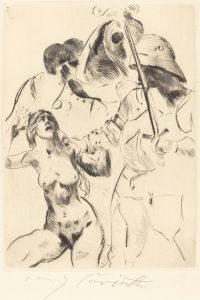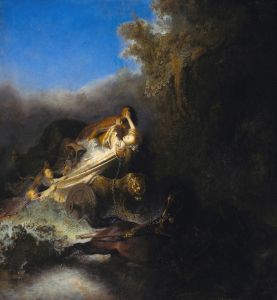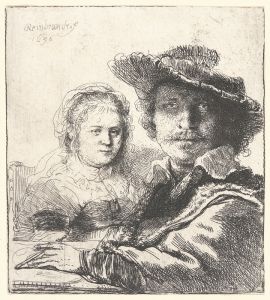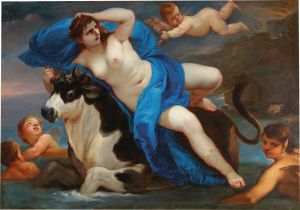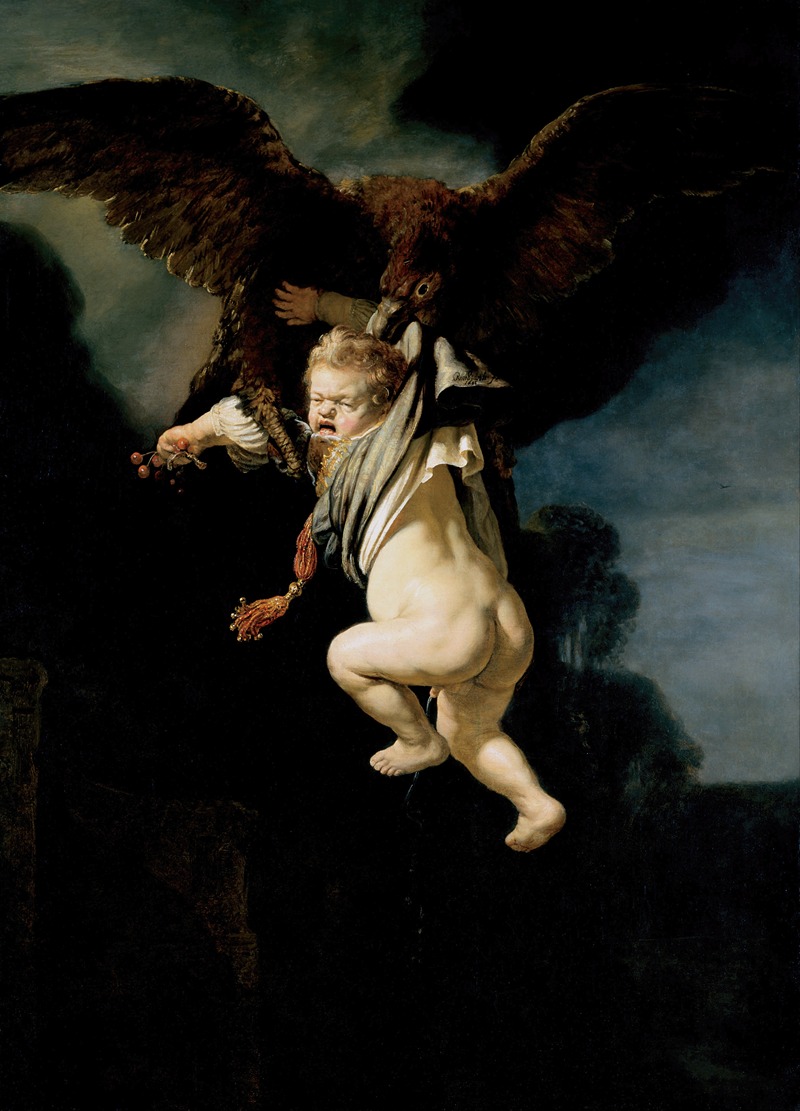
The Abduction of Ganymede
A hand-painted replica of Rembrandt van Rijn’s masterpiece The Abduction of Ganymede, meticulously crafted by professional artists to capture the true essence of the original. Each piece is created with museum-quality canvas and rare mineral pigments, carefully painted by experienced artists with delicate brushstrokes and rich, layered colors to perfectly recreate the texture of the original artwork. Unlike machine-printed reproductions, this hand-painted version brings the painting to life, infused with the artist’s emotions and skill in every stroke. Whether for personal collection or home decoration, it instantly elevates the artistic atmosphere of any space.
The Abduction of Ganymede is a painting created by the Dutch artist Rembrandt van Rijn in 1635. This work, executed in oil on canvas, is currently housed in the Gemäldegalerie Alte Meister in Dresden, Germany. It is one of Rembrandt's early works and reflects his interest in mythological themes, interpreted through his distinctive style.
The painting depicts the mythological story of Ganymede, a beautiful boy in Greek mythology who was abducted by Zeus. According to the myth, Zeus, enamored by Ganymede's beauty, transformed into an eagle and carried him off to Mount Olympus to serve as his cupbearer. However, Rembrandt's interpretation of this classical subject deviates significantly from traditional depictions. Instead of portraying Ganymede as an idealized, graceful figure, Rembrandt presents him as a frightened, crying child. The boy is shown being carried aloft by a large, imposing eagle, his expression one of distress and fear. His body is rendered in a naturalistic and somewhat unflattering manner, emphasizing his vulnerability and humanity.
This unconventional portrayal has been interpreted as a reflection of Rembrandt's unique approach to storytelling and his interest in human emotion. Rather than idealizing the mythological narrative, he focuses on the psychological and physical reality of the scene. The painting's dramatic use of light and shadow, a hallmark of Rembrandt's style, enhances the tension and emotional impact of the composition.
The work also reflects the broader context of 17th-century Dutch art, which often combined classical themes with a more grounded, realistic approach. Rembrandt's choice to depict Ganymede as a child rather than a young man aligns with his tendency to reinterpret traditional subjects in unexpected ways.
The painting measures 171 cm by 130 cm (approximately 67 inches by 51 inches). Its large scale and dynamic composition draw the viewer's attention to the dramatic interaction between the eagle and the child. The background is relatively subdued, allowing the figures to dominate the scene.
The Abduction of Ganymede is notable for its departure from conventional representations of the myth and its emphasis on emotional realism. It exemplifies Rembrandt's innovative approach to art and his ability to infuse familiar stories with new meaning.






